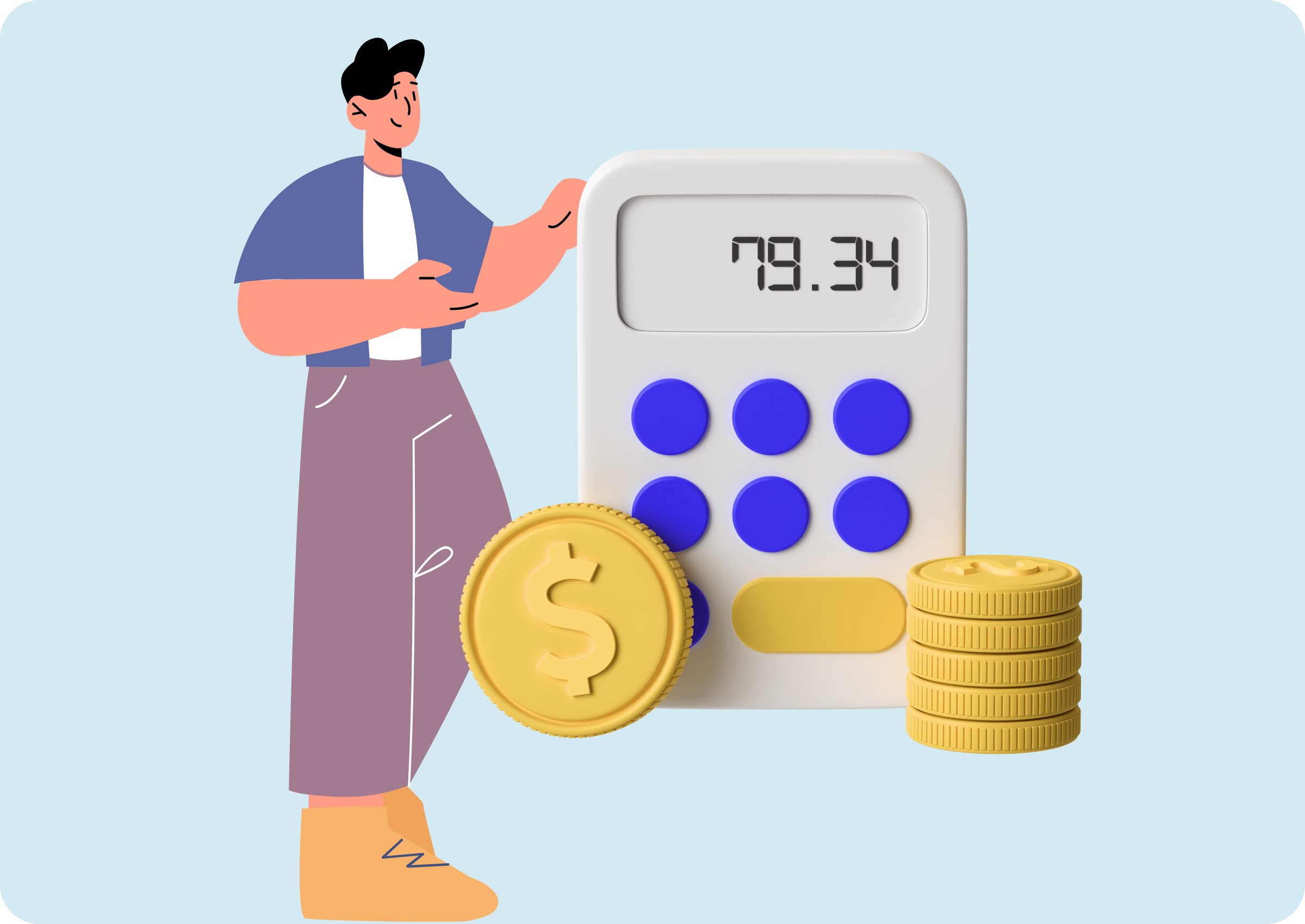
In today’s competitive market, pricing plays a crucial role in the success of any business, especially for small businesses striving to make their mark. Finding the perfect balance between profitability and attracting customers can be a challenging task. However, with the right pricing strategies, small businesses can navigate the pricing landscape and position themselves for growth.
Why is Pricing Important?
It directly impacts the revenue generated, profit margins, and overall financial health of the business. In fact, studies have consistently shown that pricing decisions have a significant influence on a company’s bottom line. According to a survey conducted by McKinsey, a a 1 percent price increase translates into an 8.7 percent increase in operating profits.
Properly analyzing market dynamics, understanding customer perceptions, and implementing tailored pricing strategies can lead to substantial financial gains and provide a competitive edge in the marketplace.
Pricing Strategies
Value-Based Pricing
One of the most powerful pricing strategies for small businesses is value-based pricing. This approach involves determining the perceived value of your product or service and pricing it accordingly. By focusing on the benefits, quality, and uniqueness that your offering brings to customers, you can justify a higher price point. Remember, customers are often willing to pay more for a product or service that they perceive as valuable and beneficial.
Dynamic Pricing
Dynamic pricing is a strategy that involves adjusting prices in response to market conditions, demand fluctuations, or specific customer segments. For small businesses, this strategy can help optimize revenue by capitalizing on peak demand periods or by offering personalized pricing options. By leveraging technology and data analytics, small businesses can implement dynamic pricing strategies to increase revenue potential.
Psychological Pricing
Psychological pricing techniques play on customers’ subconscious perceptions to influence their purchasing decisions. For small businesses, this strategy can be effective in driving sales and maximizing revenue. Consider tactics such as charm pricing (setting prices just below a round number, e.g., $9.99 instead of $10) or bundle pricing (offering multiple products or services at a discounted price) to create a sense of value and encourage customer purchases.
Tiered Pricing
Implementing tiered pricing allows small businesses to cater to different customer segments and their varying price sensitivities. By offering multiple pricing options with different features or levels of service, businesses can capture a wider range of customers. This strategy enables customers to choose a pricing tier that aligns with their needs and budgets while maximizing revenue potential for the business.
Price Skimming
Price skimming is a strategy where businesses set higher initial prices for new and innovative products or services, targeting early adopters or customers willing to pay a premium. Over time, as the market becomes more competitive or demand evolves, the prices can be gradually lowered to attract a broader customer base.
Loss Leader Pricing
Loss leader pricing involves deliberately setting the price of a product or service below cost to attract customers and generate sales. While the initial purchase may result in a loss, the strategy aims to drive additional purchases of profitable items or services that accompany the loss leader, ultimately increasing overall revenue.
Geographic Pricing
Geographic pricing involves adjusting prices based on the location or region in which the product or service is sold. This strategy considers factors such as local market conditions, purchasing power, and competition in specific areas. It allows small businesses to tailor prices to different markets and optimize revenue based on local dynamics.
Pay-What-You-Want Pricing
This unconventional strategy allows customers to determine the price they want to pay for a product or service. It relies on customer generosity and a desire to support the business, and can be effective in generating goodwill, fostering customer loyalty, and potentially increasing revenue through voluntary contributions.
Tips on Pricing for Small Businesses
Understand Your Costs: Begin by thoroughly analyzing and understanding your costs, including direct and indirect expenses. Calculate your production costs, overhead expenses, and any other costs associated with delivering your product or service. This knowledge will help you set prices that ensure profitability.
Research Your Market: Conduct thorough market research to understand your target audience, their preferences, purchasing power, and the prices offered by your competitors. This information will enable you to position your pricing strategy effectively and determine whether you can offer premium pricing or need to focus on competitive pricing.
Determine Your Value Proposition: Identify and highlight the unique value your product or service provides to customers. What problem does it solve? How does it differentiate from competitors? Clearly communicate the value proposition to justify your pricing and convince customers of the benefits they will receive.
Consider Pricing Psychology: Utilize pricing psychology techniques to influence customer perception. Experiment with charm pricing (e.g., $9.99 instead of $10) or price anchoring (presenting a higher-priced option to make the original price seem more reasonable). These techniques can create a perception of value and increase sales.
Monitor Competitors: Keep a close eye on your competitors’ pricing strategies and any changes they make. This will help you stay competitive and adjust your prices accordingly. Differentiate your offering based on quality, additional features, or exceptional customer service rather than engaging in a price war.
Offer Bundled Packages: Consider bundling complementary products or services together to create value for customers and encourage upselling. Bundles can increase the average transaction value and attract customers who prefer all-inclusive options.
Implement Dynamic Pricing: Depending on your business model, consider implementing dynamic pricing. This strategy involves adjusting prices based on factors like demand, seasonality, or inventory levels. Utilize technology and data analytics to optimize your pricing in real-time and maximize revenue potential.
Seek Customer Feedback: Regularly seek feedback from your customers regarding your pricing strategy. Understand their perception of value, willingness to pay, and any price sensitivity. This feedback will help you refine your pricing approach and ensure it resonates with your target market.
Test and Iterate: Pricing is not a one-time decision. Continuously test and iterate your pricing strategy based on market conditions, customer feedback, and performance metrics. Be open to making adjustments and refining your approach as needed to maximize profitability and meet customer expectations.
Provide Excellent Customer Service: Remember that pricing is just one component of the overall customer experience. Focus on delivering exceptional customer service, building strong relationships, and consistently exceeding customer expectations. A positive customer experience can justify higher prices and foster customer loyalty.
Effective Pricing Strategy: A 10-Step Decision-Making Process for Small Businesses
Small businesses should follow a systematic decision-making process to make informed pricing decisions. Here’s a step-by-step guide:
- Set Clear Objectives: Clearly define your pricing objectives. Are you aiming to maximize profitability, gain market share, or penetrate a new market segment? Establishing specific goals will guide your pricing strategy.
- Gather Data: Collect relevant data on costs, market conditions, competitor pricing, and customer preferences. Analyze historical sales data, conduct market research, and utilize industry reports to gain insights into pricing dynamics.
- Determine Pricing Strategies: Based on the data collected, evaluate different pricing strategies that align with your objectives. Consider value-based pricing, cost-plus pricing, competition-based pricing, or a combination thereof. Assess the advantages, disadvantages, and potential outcomes of each strategy.
- Analyze Costs: Calculate all costs associated with your products or services, including production, materials, labor, marketing, and overhead expenses. Understanding your costs is essential for setting a pricing structure that ensures profitability.
- Assess Customer Perceptions: Understand how your target customers perceive the value of your offerings. Conduct surveys, interviews, or focus groups to gather feedback on pricing sensitivity, perceived value, and willingness to pay. This information will help you align your prices with customer expectations.
- Conduct Competitor Analysis: Study your competitors’ pricing strategies, product offerings, and value propositions. Identify any gaps or opportunities in the market that you can leverage to differentiate your pricing or add value to your customers.
- Test Pricing Strategies: Consider conducting pricing experiments or A/B tests to gauge customer response to different pricing approaches. Adjust prices for a limited time or specific customer segments to evaluate their impact on sales volume, profitability, and customer behavior.
- Monitor and Refine: Continuously monitor the performance of your pricing strategy. Track sales data, customer feedback, and key performance indicators to assess the effectiveness of your pricing decisions. Make necessary adjustments and refinements based on the insights gained.
- Evaluate the Overall Business Strategy: Pricing decisions should align with your overall business strategy, branding, and target market positioning. Consider the long-term implications of your pricing decisions on customer perception, market positioning, and profitability.
- Stay Agile: Market dynamics, customer preferences, and competitive landscapes can change rapidly. Be prepared to adapt your pricing strategy accordingly. Regularly review and update your pricing approach to stay relevant and competitive in the market.
In conclusion, developing a well-thought-out pricing strategy is crucial for the success of small businesses. By following a systematic decision-making process, which includes setting clear objectives, gathering data, analyzing costs, understanding customer perceptions, and monitoring performance, small businesses can make informed pricing decisions that align with their goals and maximize profitability.
It’s important to remember that pricing is not a one-time task but an ongoing process that requires regular evaluation and adjustments to adapt to changing market dynamics. By continually refining their pricing strategies, small businesses can effectively navigate the competitive landscape, meet customer expectations, and drive long-term success.




